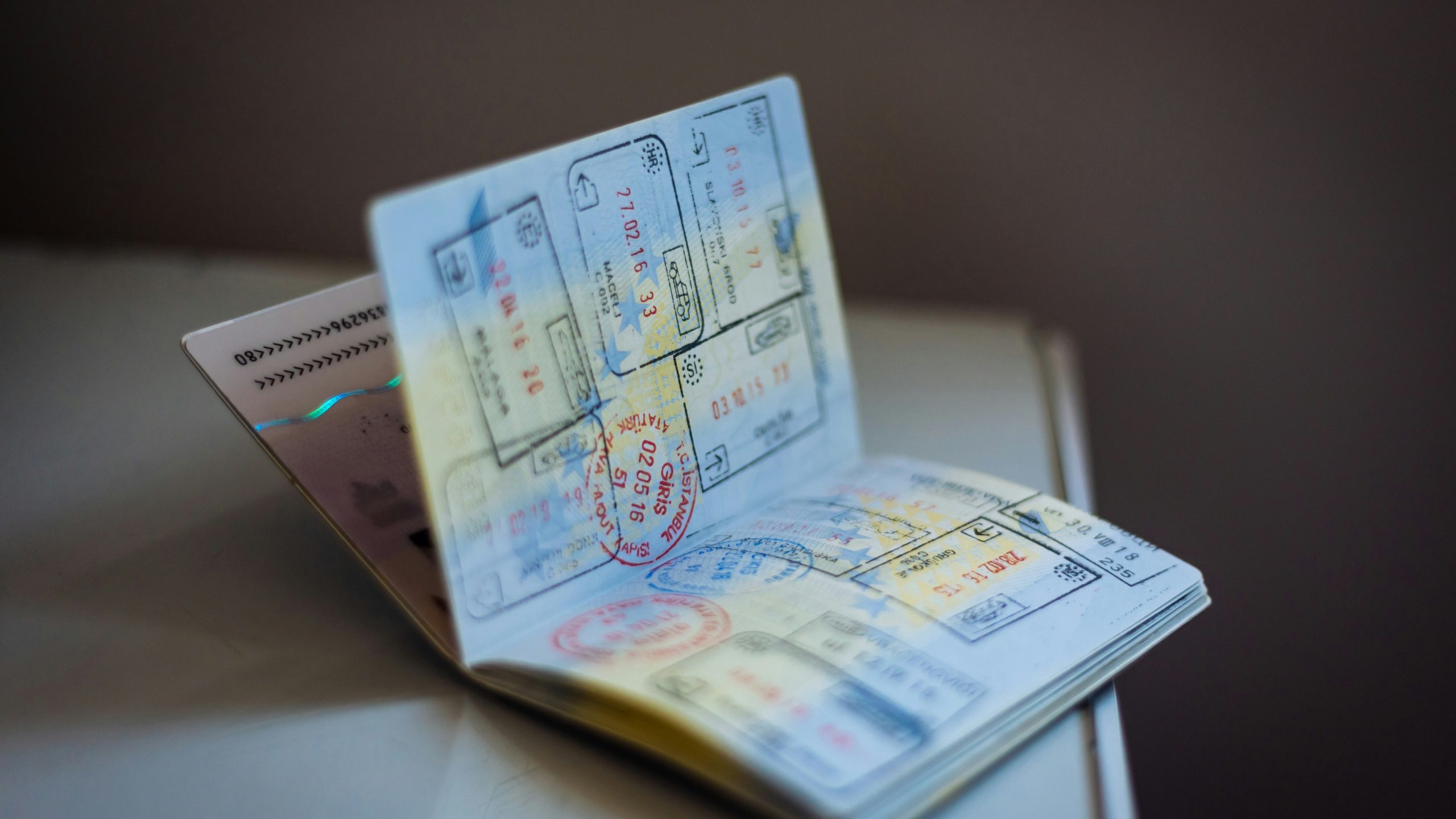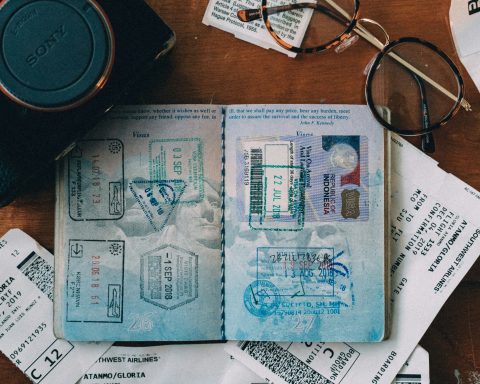New Smart IDs at banks are shifting from pilot to rollout. After months of prep, Standard Bank has begun live testing at two branches. It plans to open 20 more sites in early 2026. In addition, the upgrades include biometric capture and secure links to Home Affairs systems. Also, trained staff will speed up each step.
Where You Can Go Today
For now, you can apply for a smart ID or a passport at dozens of designated bank branches listed on the eHomeAffairs booking system. However, availability differs by city. So, check the platform for slots before you travel. Additionally, the department and its banking partners are introducing new Smart IDs at banks more broadly. They aim to add well over 100 branches by March 2026. Ultimately, this works toward nationwide coverage.
How the Process Works
First, under the refreshed model for new Smart IDs at banks, you start the application online and finish it in-branch. Next, you capture biometrics on site, complete payment through your bank, and collect your card from the same branch once it’s ready. Meanwhile, Home Affairs manages verification and turnaround times. Banks focus on convenience, security, and queue management.
The Catch During Pilot
During the pilot phase, access may be limited as systems are tested and staff workflows are refined. Because of this, some pilot branches operate on invite-only bookings to ensure smooth throughput. However, new Smart IDs at banks will become more widely available as the service scales in 2026. Until then, keep an eye on eHomeAffairs for new sites as they come online.
Standard Bank Timeline
At this stage, Standard Bank says infrastructure is in place for the first 20 expansions. Specifically, power, connectivity, and security upgrades are complete. In addition, teams have been trained on biometric capture and document handling. Once testing concludes, public bookings will open at the new sites. Initially, rollout will start in major metros. Then, it will spread to high-demand nodes where residents are eager for new Smart IDs at banks.
Why it matters
For everyday South Africans, new Smart IDs at banks mean shorter queues and predictable bookings. Branches will be closer to home or work. As more sites launch, the model should cut travel costs and reduce time off work. Consequently, it will ease pressure on traditional Home Affairs offices. Ultimately, the shift delivers a faster, more dignified experience.






